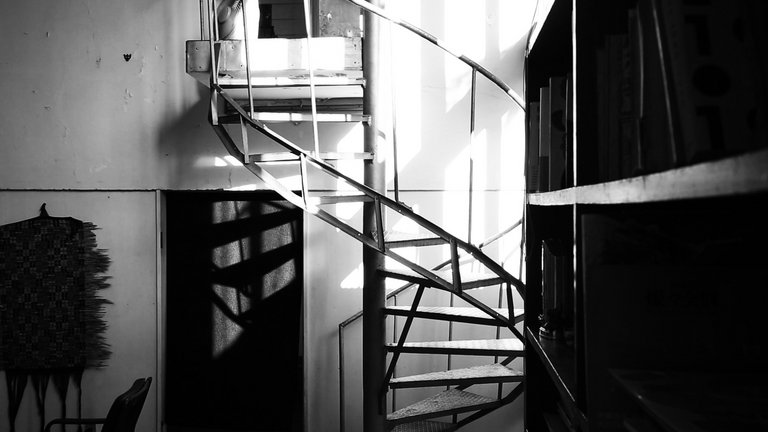Susanne BürnerA House of One’s Own – Me and My Neighbors28 min., 2013
In the Saska Kępa estate in Warsaw, on the far side of the Weichsel, iconic modern-style houses were constructed in the 1920s and 1930s, designed by young stars of the Polish architectural scene for colleagues and artists, in the very broadest sense. In a systemic constellation, the film investigates the relationships of the houses to each other. The procedure is applied in the context of family therapy and restructures conflict situations by using representative figures to open up new perspectives for the persons concerned. In this case a mixed group has been compiled which, as a kind of scripted study under the guidance of a therapist, presents the psycho drama of four of the houses. Intuition encounters practicality.
Verena von Beckerath with Niklas Fanelsa, Momoko Yasaka, Maximilian von Zepelin and Jens Franke (camera, sound, editing)
Two Houses
38 min., 2019
The film deals with interactions between Bauhaus and Japan on the basis of two houses in the suburbs of Tokyo – Migishi Atelier and Bunzo Yamaguchi House. These privately owned houses were designed in the 1930s/40s by Japanese architects Iwao Yamawaki (1898-1987), who had previously studied at Bauhaus, and Bunzo Yamaguchi (1902-1978), who had worked in the office of Walter Gropius. The film documents the architecture of the houses, recounts the stories of their inhabitants and displays life there today in and with the buildings.
Man Ray
Les Mystères du Château de Dé
20 min., 1929
The longest of Man Ray's films, Les Mystères du Château de Défollows a pair of travelers on a journey from Paris to the Villa Noailles in Hyères, which features a triangular Cubist garden designed by Gabriel Geuvrikain. »Made as an architectural document and inspired by the poetry of Mallarmé,« writes Kim Knowles in A Cinematic Artist: The Films of Man Ray, »Les Mystères du Château de Dé is the film in which Man Ray most clearly demonstrates his interdisciplinary attitude, particularly in its reference to Stéphane Mallarmé's poem Un coup de dés jamais n'abolira le hasard.«
A project of the Housing and Design professorship, sponsored by Thüringer Staatskanzlei and the Alumni Office of Bauhaus-Universität Weimar.
